Birds have long held symbolic significance in religious texts, but their role in biblical miracles deserves special attention. Throughout the Bible, various avian species appear at pivotal moments, serving as divine messengers, instruments of God’s will, or symbols of spiritual truths. These winged creatures feature prominently in some of the most memorable miraculous events recorded in scripture, demonstrating God’s sovereignty over creation and His ability to use the natural world to accomplish supernatural purposes. From the dove that brought Noah hope to the ravens that sustained Elijah, birds have played crucial roles in biblical narratives that continue to inspire and intrigue readers thousands of years later.
The Dove and Noah’s Ark
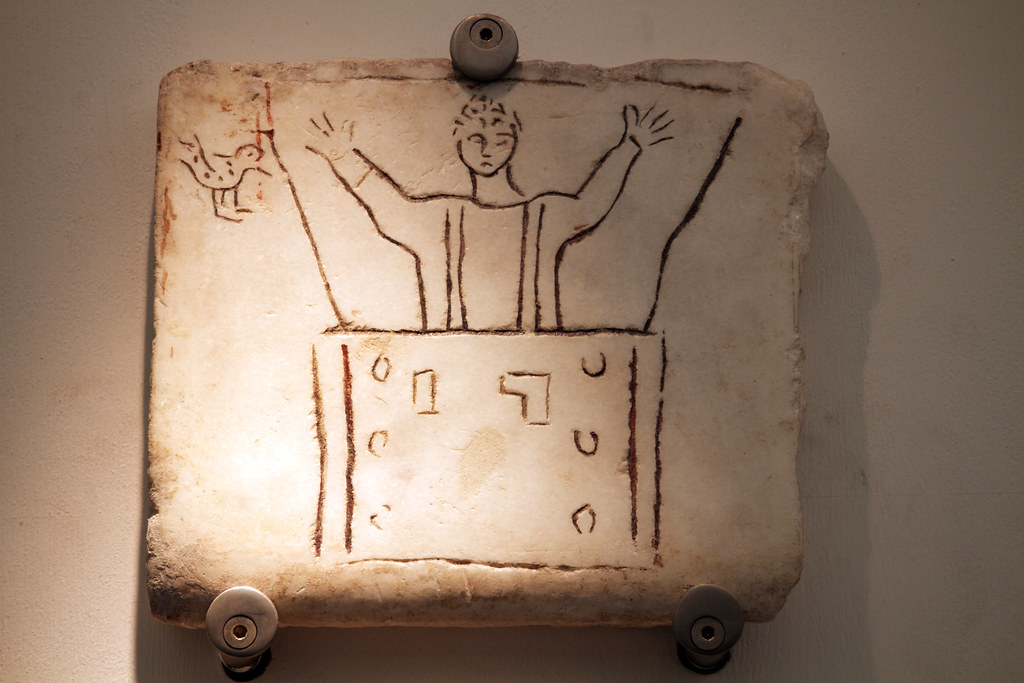
Perhaps the most famous bird in biblical miracles is the dove sent forth by Noah after the great flood. According to Genesis 8, Noah released a dove three times to determine if the floodwaters had receded sufficiently. On its second journey, the dove returned with a freshly plucked olive leaf, signaling to Noah that plants were once again growing on the earth. This miraculous moment marked the beginning of earth’s renewal after divine judgment and established the dove as a symbol of peace and hope. The timing was perfect—exactly when Noah needed reassurance, the dove delivered divine confirmation that a new beginning was possible. This miraculous communication through a simple bird demonstrated God’s intimate involvement in guiding humanity’s steps forward.
Ravens Feeding Elijah

In 1 Kings 17, we encounter another remarkable avian miracle when God commands ravens to feed the prophet Elijah during a severe drought. These birds, typically scavengers not known for sharing food, miraculously brought bread and meat to Elijah every morning and evening at the brook Cherith. This supernatural provision continued until the brook dried up due to the drought. The miracle is particularly noteworthy because ravens were considered unclean animals under Jewish dietary laws, yet God chose these creatures as instruments of divine provision. This unexpected choice highlights God’s sovereignty and willingness to work through unlikely sources. The precision and reliability of the ravens’ delivery—twice daily for an extended period—underscores the miraculous nature of this sustained provision.
The Holy Spirit as a Dove
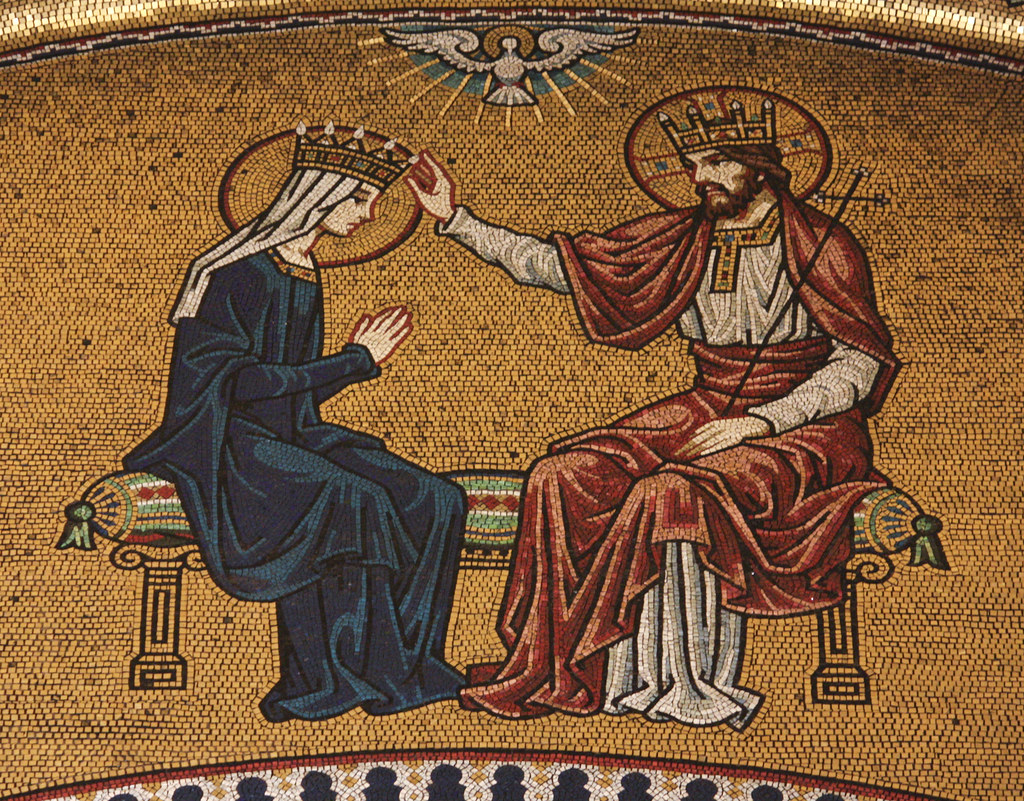
At Jesus’s baptism, all four Gospels record that the Holy Spirit descended upon him “like a dove” or “in bodily form like a dove.” This theophany—a visible manifestation of God—represents one of the most significant bird-related miracles in scripture. The dove’s appearance visibly confirmed Jesus’s identity and divine mission to those present. Mark’s Gospel describes how the heavens were “torn open” for this miraculous descent, emphasizing the supernatural breaking into the natural world. The dove form was likely chosen for its symbolic associations with purity, peace, and gentleness—qualities that would characterize Jesus’s ministry. This miraculous manifestation also uniquely revealed the Trinity, as the Father spoke from heaven while the Spirit descended upon the Son.
Quail in the Wilderness
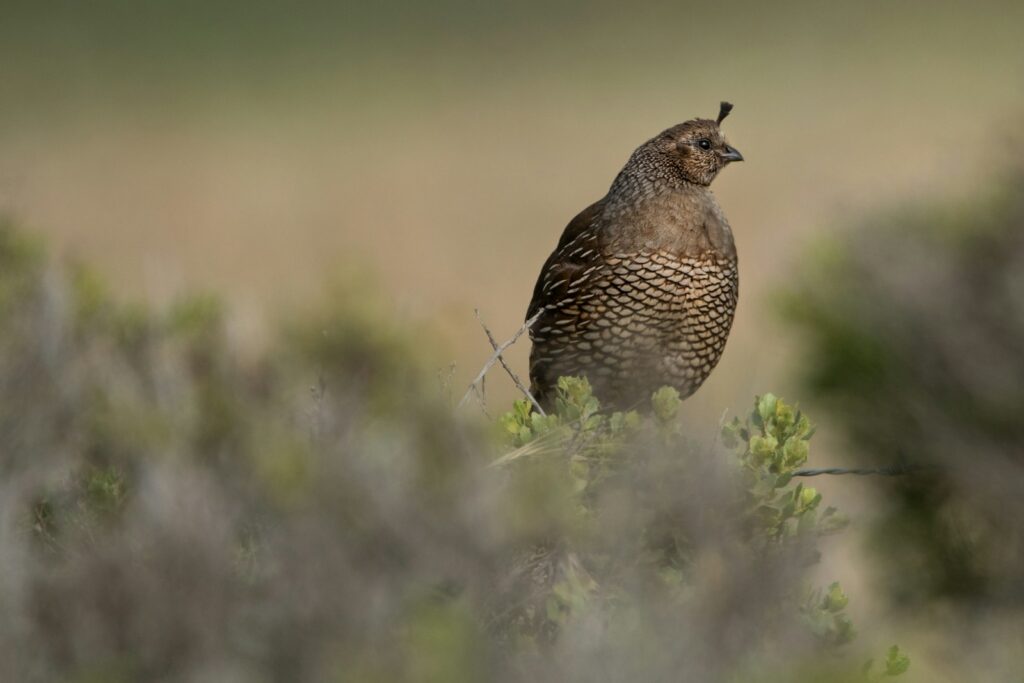
When the Israelites wandered in the desert after their exodus from Egypt, God miraculously provided quail to feed the hungry multitude. In Exodus 16 and Numbers 11, we read how God sent massive flocks of quail to the Israelite camp when they complained about their diet of manna. This miraculous provision involved birds appearing in unprecedented numbers—enough to feed over a million people. The text describes quail covering the camp to a depth of “two cubits” (about three feet) and spreading out a day’s journey in all directions. The timing and scale of this avian appearance clearly marked it as supernatural, demonstrating God’s power to command nature for His purposes. Interestingly, this miracle carried both blessing and judgment, as those who greedily gathered excessive amounts experienced a plague.
Elijah and the Fire-Consuming Birds
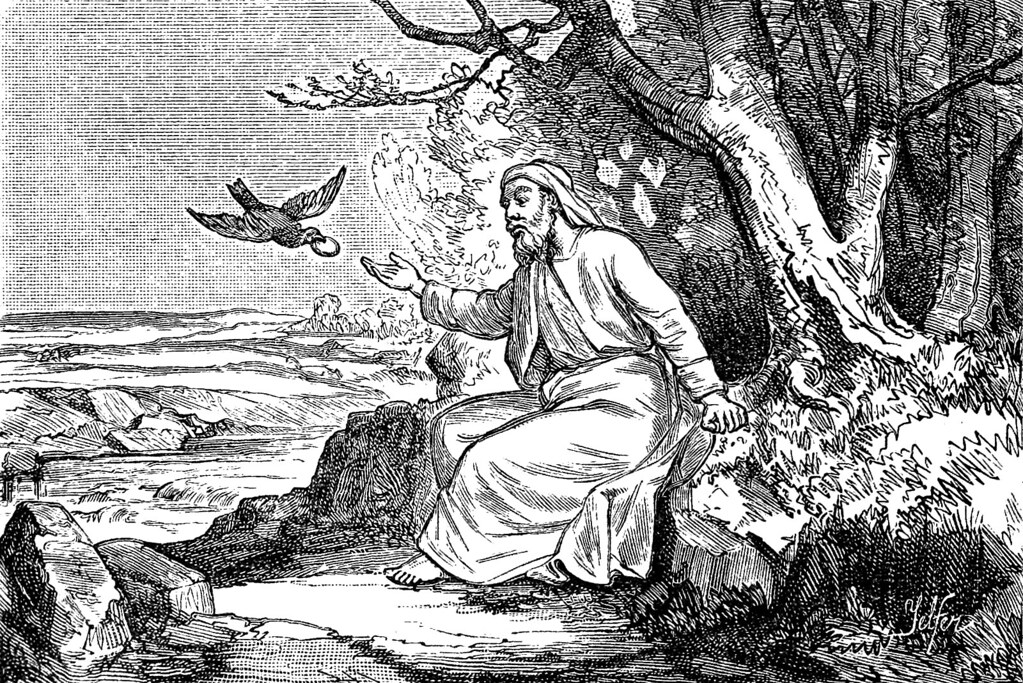
In the dramatic confrontation between Elijah and the prophets of Baal on Mount Carmel, birds play an indirect but significant role in the miraculous fire from heaven. After Elijah prepared his sacrifice, he ordered that it be drenched with water three times, making natural combustion impossible. When God sent fire to consume the offering, the biblical account specifically mentions that the fire consumed not only the sacrifice and wood but also “the stones and the soil” and “licked up the water” (1 Kings 18:38). According to Jewish tradition and some biblical scholars, birds of prey had been circling and would typically have descended on the meat offering, but the supernatural fire was so swift and complete that even the hovering birds had no opportunity to touch the sacrifice. This detail, while not explicitly stated in scripture, has been part of the traditional understanding of the miracle’s totality.
The Rooster’s Prophetic Crow
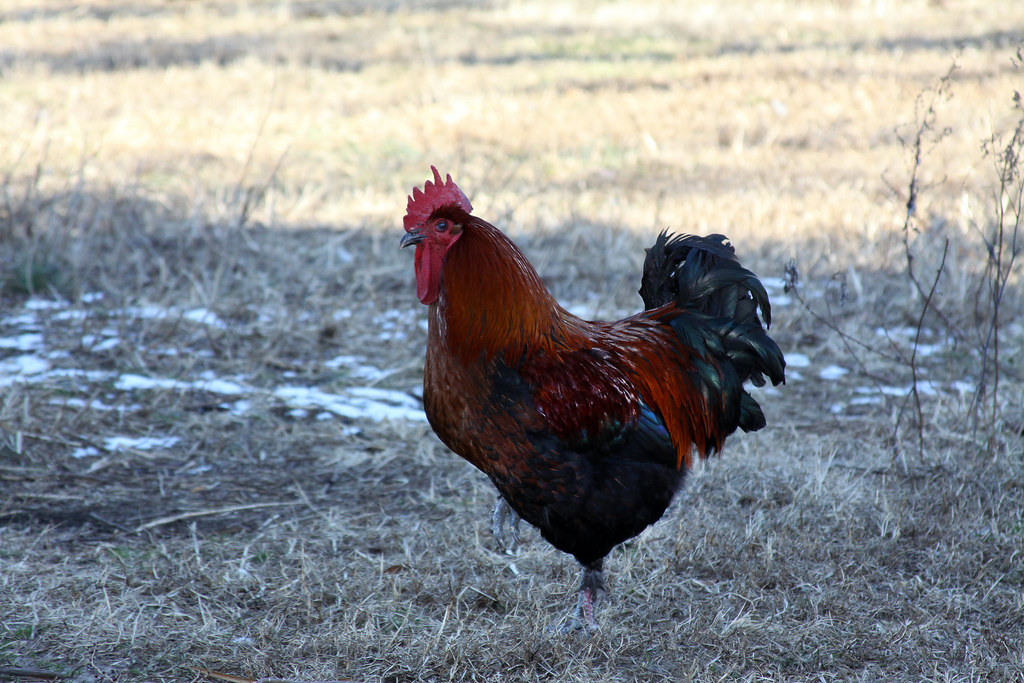
Though not traditionally categorized as a miracle, the precise timing of the rooster’s crow following Peter’s denial of Jesus represents a remarkable fulfillment of prophecy that borders on the miraculous. Jesus had specifically predicted that Peter would deny him three times before the rooster crowed (or before it crowed twice, in Mark’s account). The precision with which this common farmyard bird fulfilled Jesus’s prophecy—crowing at the exact moment of Peter’s third denial—demonstrates divine orchestration of natural events. Luke’s Gospel adds the poignant detail that at the rooster’s crow, “the Lord turned and looked straight at Peter,” creating a powerful moment of conviction. The timing was so precise that it cannot be dismissed as coincidence, suggesting divine control over even the instinctual behaviors of animals to fulfill prophetic words.
Birds in Elijah’s Translation
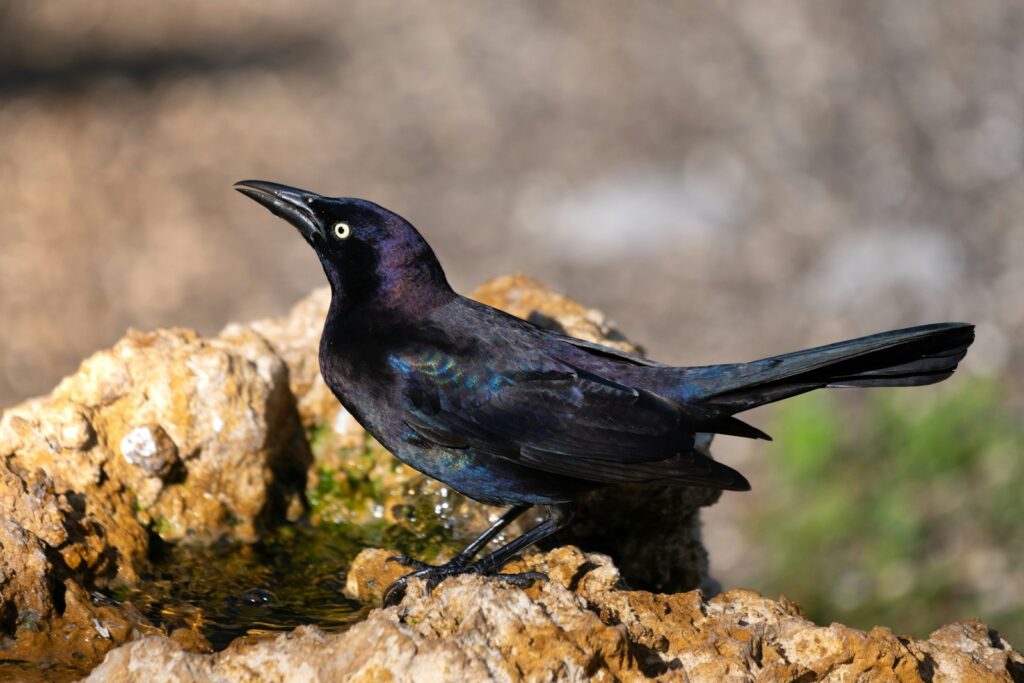
When the prophet Elijah was taken up to heaven in a whirlwind, 2 Kings 2 describes “a chariot of fire and horses of fire” that separated him from Elisha. While not explicitly mentioned in the biblical text, Jewish tradition and some early Christian commentaries suggest that eagles or phoenix-like birds were associated with this miraculous event, either forming part of the heavenly chariot or appearing as escorts. The tradition likely stems from Isaiah 40:31, which promises that “those who hope in the LORD will renew their strength; they will soar on wings like eagles.” This connection between divine ascension and eagle imagery appears in multiple ancient Near Eastern contexts. The miraculous nature of Elijah’s bodily translation to heaven—one of only two such events recorded in scripture—makes the presence of supernatural birds consistent with the extraordinary character of the event.
The Sparrows of Divine Providence

In Jesus’s teaching about God’s care for His creation, He mentions that not even a sparrow falls to the ground outside the Father’s care (Matthew 10:29). While not a miracle in the conventional sense, Jesus’s teaching points to God’s miraculous providence over even the smallest details of creation. The Greek word used for “falls” can refer not just to death but to any landing or alighting, suggesting God’s awareness of every movement of these common birds. Jesus used this example to illustrate God’s much greater care for humans, who are “worth more than many sparrows.” This everyday miracle of divine attention to the most insignificant creatures would have been especially meaningful to Jesus’s original audience, as sparrows were the cheapest birds sold in the marketplace—five could be purchased for just two pennies (Luke 12:6).
Unclean Birds as Judgment

In several prophetic passages, birds appear as instruments of divine judgment in miraculously orchestrated scenarios. Isaiah 34:11-15 describes unclean birds like owls, ravens, and hawks taking possession of Edom after God’s judgment, turning the once-proud nation into a wilderness. Similar imagery appears in Revelation 18:2, where fallen Babylon becomes “a dwelling for demons” and “a haunt for every unclean bird.” These prophetic visions describe supernatural interventions where birds participate in executing divine judgment. The miraculous element lies in the timing and specificity of these avian invasions—not random animal migrations but precisely targeted divine responses to human wickedness. Such passages demonstrate God’s sovereignty over all creation and ability to commission even wild birds as agents of His judgments.
The Eagles of Exodus
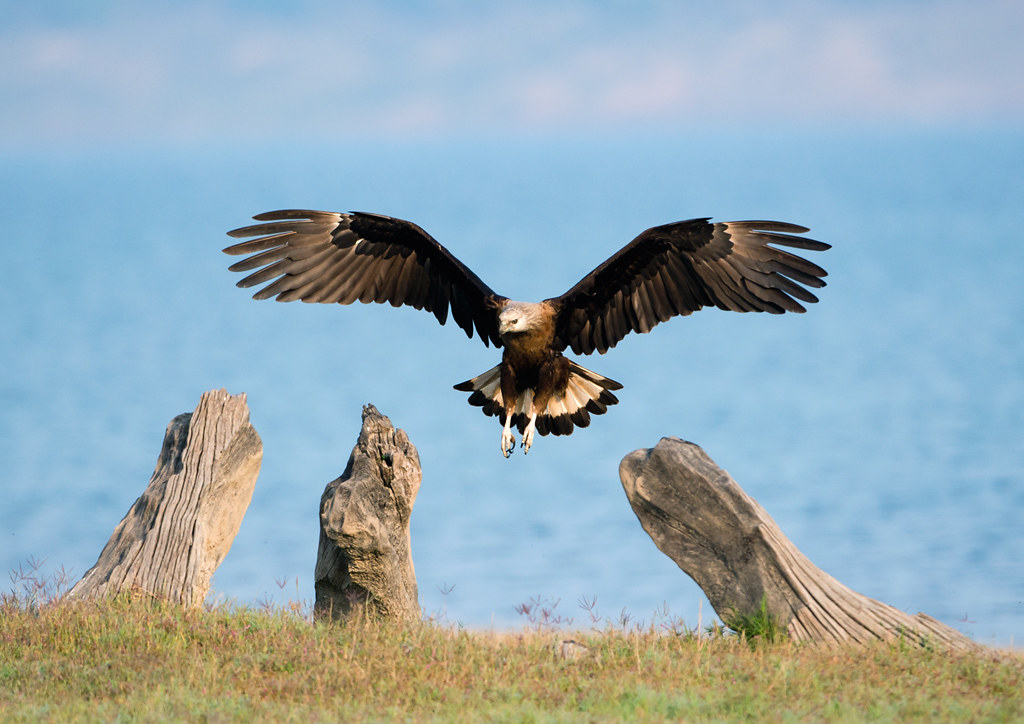
In Exodus 19:4, God describes the liberation of Israel from Egypt with a powerful avian metaphor: “I carried you on eagles’ wings and brought you to myself.” While this might initially seem purely symbolic, some Jewish interpretations suggest this references actual miraculous events during the exodus. According to these traditions, when Pharaoh’s army pursued the Israelites, giant eagles appeared to carry the weak, elderly, and children safely across difficult terrain. Similar miraculous protection is referenced in Deuteronomy 32:11-12, comparing God’s care to an eagle that “hovers over its young” and “spreads its wings to catch them.” These traditions understand the eagle imagery not merely as metaphorical but as describing actual divine interventions using these majestic birds to protect God’s people during their wilderness journey.
Birds in Ezekiel’s Visions
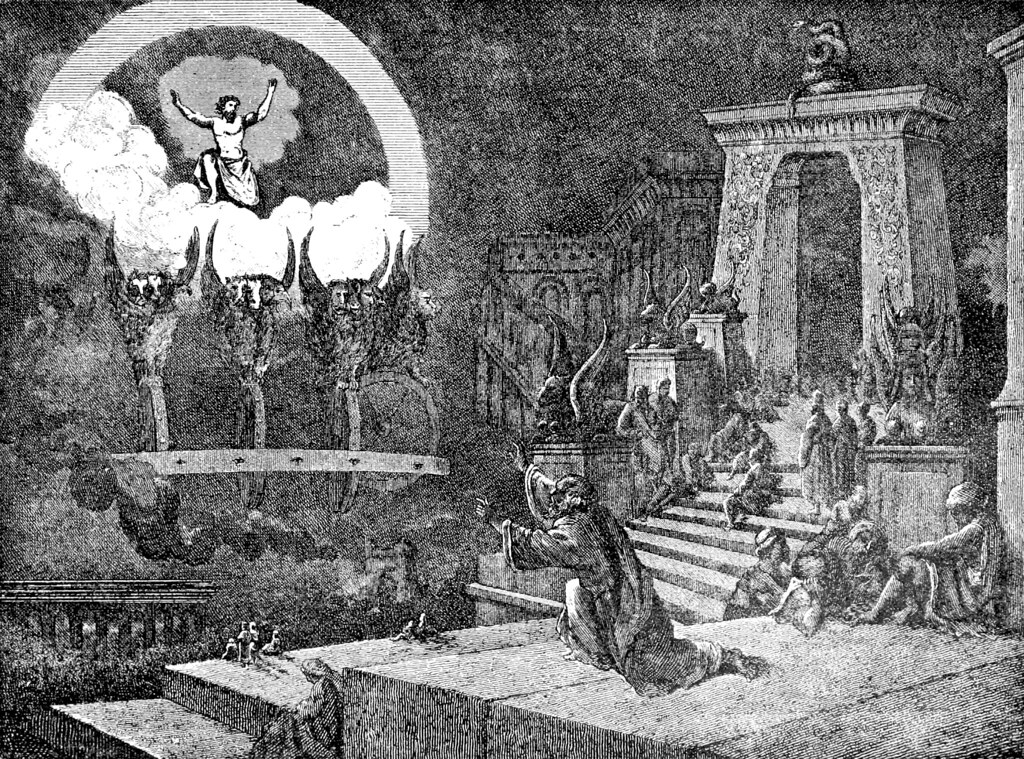
The prophet Ezekiel’s apocalyptic visions include miraculous appearances of bird-like creatures of extraordinary nature. In Ezekiel 1, he describes four living creatures, each with four faces—one of which was “the face of an eagle.” These mysterious beings, later identified as cherubim, had wings that “spread out upward” and made sounds “like the roar of rushing waters.” Unlike natural birds, these wings could move independently and maintained constant positions relative to each other during flight. In Ezekiel 10:14, the prophet sees these beings again, confirming their eagle-like features among other characteristics. These supernatural bird-like beings in Ezekiel’s visions represent some of the most mysterious and awe-inspiring avian appearances in scripture, blending angelic and avian features in ways that transcend natural categories.
Birds in End-Time Prophecies

Birds play a sobering role in biblical prophecies about the end times, particularly in Revelation 19:17-21, where an angel summons “all the birds flying in midair” to “the great supper of God” to consume the flesh of God’s enemies after the final battle. This miraculous gathering of carrion birds from across the sky represents divine judgment and the complete defeat of evil. The prophet Ezekiel foretold a similar scenario in Ezekiel 39:4, where birds of prey would feast on the fallen armies of Gog. These prophecies describe supernatural coordination of avian behavior on an unprecedented scale—birds from every species and region responding simultaneously to divine summons. Unlike natural scavenging behavior, these birds respond to specific divine timing and targeting, highlighting the comprehensive nature of God’s final victory over evil.
The Symbolic Power of Biblical Birds
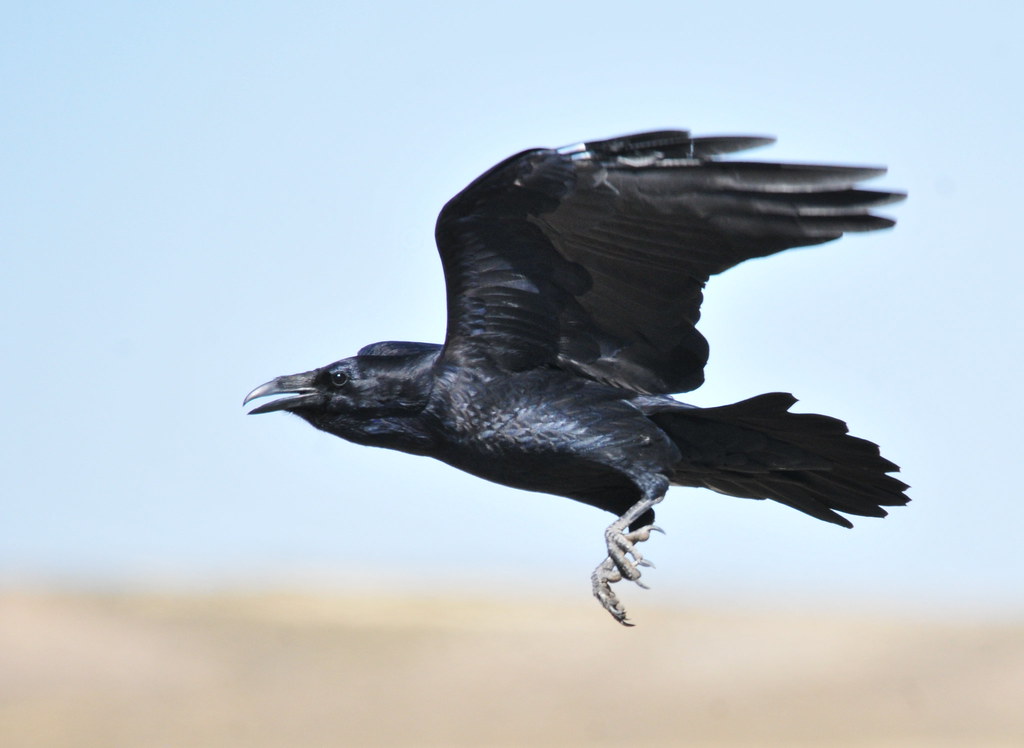
Beyond specific miraculous events, birds in the Bible frequently serve as vessels of symbolic divine communication. The peaceful dove, the nurturing eagle, the vigilant rooster, and the common sparrow all carry theological significance that transcends their natural characteristics. When Jesus instructed His followers to “look at the birds of the air” (Matthew 6:26), He was inviting them to see divine lessons in these common creatures. The miraculous aspect lies in God’s intentional design of these creatures to communicate spiritual truths—what theologians sometimes call “general revelation.” Throughout scripture, birds appear at precisely the right moments to illustrate divine principles, from sacrifice to provision to judgment. This consistent pattern of avian appearances aligned with spiritual lessons suggests divine orchestration beyond mere coincidence or human literary invention.
Throughout the Bible, birds appear as more than mere animals—they serve as divine messengers, instruments of God’s will, and powerful symbols of spiritual realities. From the dove that brought hope to a flood-ravaged world to the eagles that carried Israel through the wilderness, these winged creatures participate in some of scripture’s most memorable miraculous moments. Their appearances are never random but always purposeful, precisely timed to accomplish specific divine objectives. Whether bringing food to prophets, confirming spiritual identities, or executing divine judgments, biblical birds remind us that God often works through the humble elements of His creation to accomplish extraordinary purposes. These avian miracles continue to inspire and instruct believers today, encouraging us to see God’s hand at work even in the flight of a common sparrow.
